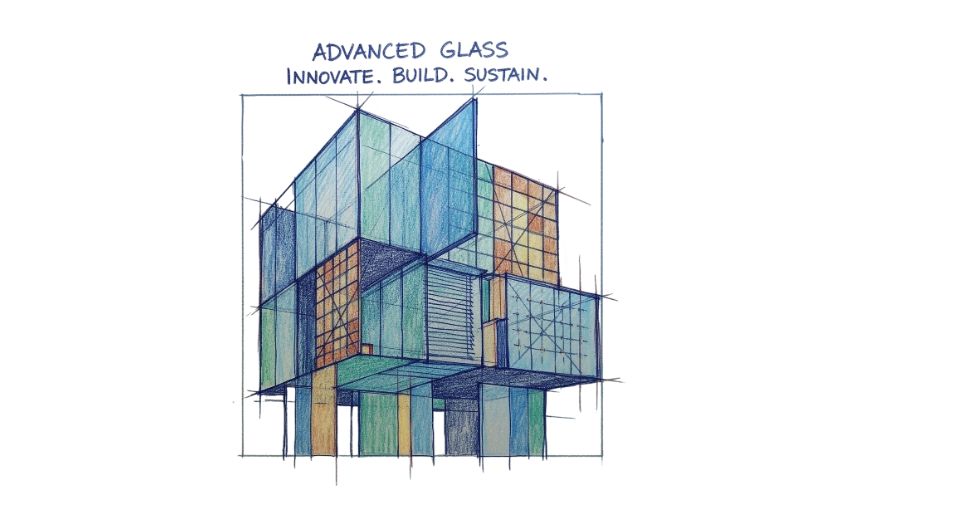
Sep 30, 2025

The Global Advanced Glass market by Metastat Insight reflects the evolution in the role of materials in shaping day-to-day environments, from the openness of modern architecture to the performance demands of the technology industries. A back-up element in construction or design has now become a material of top priority enabling safer buildings, energy-efficient systems, and more interactive consumer experiences. As demand rises across all industries, this material is no longer merely for show but is increasingly being sought after for its support for safety, sustainability, and innovation.
Emerging industries are faced with heightened expectations for efficiency, security, and sustainability. Construction projects demand material that blends natural light with energy efficiency. Automakers seek substitutes that enhance the safety of passengers and provide greater comfort. Consumer electronics require scratch-resistant, precisely touch-sensitive screens and rugged enough construction to survive the most extreme use. All these stresses combine in the need for solutions ordinary glass can't provide. Enhanced versions of glass have emerged as the answer, with increased strength, flexibility, and new functional characteristics that match contemporary needs.
This material is more than meets the eye behind its plain transparent exterior. It can withstand impact, slice glare, filter out ultraviolet light, or even self-clean. In building design, it facilitates green design through control of heat transfer, reducing reliance on artificial heating and cooling. In vehicles, laminated products provide crash protection while insulating against sound. In consumer electronics, specialty coatings keep smudges away and extend life. By each application, it highlights the versatility of glass developed by advanced means, taking a common material and turning it into a high-performing product. This versatility not just makes it functional but also an open stage for intelligent, secure, and efficient products.
The high-tech glass evolution went from muted integration into specialty applications to broad recognition in all industries. Early applications underscored strength and safety, but advancement in coatings, treatments, and composites extended its function.
Strides in nanotechnology, surface engineering, and energy management capabilities transformed it into something greater than a construction material. Sector by sector, industries relied upon it for functional advantages—be it for skyscraper facade, solar panels, or consumer devices. Every new technology solidified its status as an emancipator of design freedom and creativity. regional or global trends Adoption is strongest within regions of high urbanization and large-scale infrastructure investments driving material innovation. Construction projects in developed economies are heavily dependent on energy efficiency, whereas high-growth emerging economies focus on durability and safety. Automakers around the world are also gravitating toward standardizing high-end glass solutions for luxury and volume vehicles.
Emerging economies also are full of potential, with construction and consumer product demand for energy-saving solutions propelling adoption. The global footprint demonstrates not only current strength but potential opportunity as awareness heightens in markets that remain in development to advanced materials.
Despite progress by advanced glass, there are still challenges to be addressed. Production costs are still higher than for conventional glass, which creates a cost hurdle in cost-sensitive markets. Building codes, automotive safety, and energy regulations influence market growth and slow adoption in some markets. Interference from other materials also creates pressure on it. New opportunities, on the other hand, are in the offing.
Ongoing innovation is minimizing costs while maximizing functionality. Integration of smart technology—such as responsive surfaces, sensors, or energy-harvesting coatings—increases applications. Partnership from renewable energy to electronics expands the ecosystem where advanced glass plays a role.
The international Advanced Glass market push presented by Metastat Insight is an immediate response to global priorities in aggregate. Sustainability goals globally drive industries to restrict wastage of energy and embrace green designs. Urbanization generates greater demand for safe, tough buildings and transit systems. Digitalization necessitates more intelligent, tougher surfaces for the devices that drive today's world. Advanced glass meets these needs through products that are practical, scalable, and provide measurable safety, efficiency, and design gains. Not only is its value derived from the replacement of traditional glass, but also from creating new potential for what materials are able to do to design contemporary living.
Drop us an email at:
Call us on:
+1 5186502376
+91 73850 57479